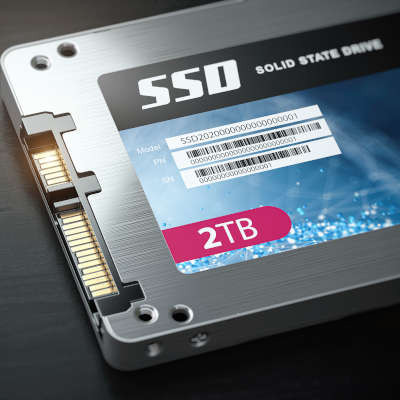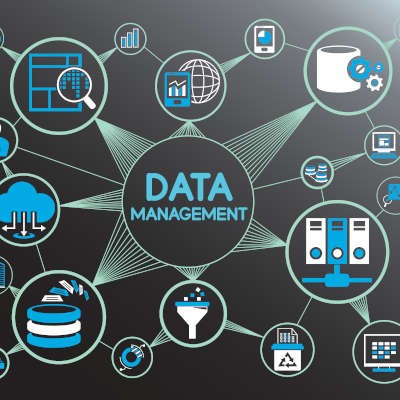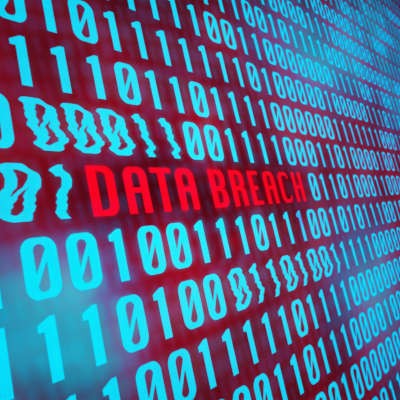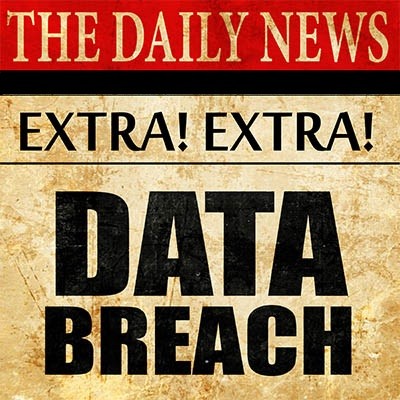When you have a thorough and powerful data backup strategy in place at your business, you are protecting your operations, your employees, and your customers from an array of terrible scenarios. Unfortunately, many businesses don’t think of data loss in the terms it should be considered in, a complete travesty. Today, we thought we would briefly describe the long and short of data backup and recovery practices that can put your business in a position to secure and restore your data should it be corrupted, destroyed, or stolen.
JS Business Solutions Blog
People look at their work differently, just as they view their lives differently. The many different perspectives of your staff brings a bit of variance of how they view data security. This isn’t so good for your business as you need to trust them to prioritize the security of your data and infrastructure. Let’s take a look at some of the best practices that you should be training your staff in, which will allow them to protect your data better, and theirs.
A business’ data needs to be considered a priority, which means that its protection should be prioritized accordingly. One facet of doing so is maintaining a backup with a strategy in compliance to best practices. To accomplish this, your backup should feature something that isn’t often considered a benefit: redundancy.
If you are buying a new desktop or laptop, one of the specifications you might care about is how much data it can store. After all, your family computer needs plenty of storage for your photos and documents, and if you have kids, they’ll want to install games and other applications on it that fill up a hard drive. These days, however, it’s less about how much space your hard drive has and more about how fast it can run. Let’s explain this, and then talk about something you should almost always look for when picking a hard drive for your PC.
If asked to list its most valuable assets, every modern business currently in existence should include its data on that list. This is part of the reason that data security should be treated as a priority. We know—this isn’t exactly a small ask, so to help, we’ve put together a few tips to get you started off on the right foot. If you’re already working on your data security preparedness, consider this a refresher.
In the 1980s, there was a cartoon by the name of G.I. Joe, based on action figures manufactured by toy giant Hasbro. Due to the popularity of this cartoon, they set out time each week to do a brief PSA aimed to educate kids about the dangers of certain actions. The tagline, “Now you know, and knowing is half the battle.” became entrenched in the lexicon. Now, over thirty years later, kids that grew up on G.I. Joe are business owners and have come to understand just how poignant that message is. Let’s take a look at a couple of ways businesses can expand their knowledge base and use it to improve their operations using IT.
I want you to step out of your role as a business owner for a moment and see yourself once again as the average consumer. How concerned are you that so many businesses have collected and are now storing your personal data, and that you have no control over its privacy? If you feel at all uneasy, you’re not alone… 87 percent of Americans feel that data privacy is a human right in these modern times.
Data security has to be a major consideration for the small and medium-sized business, as not having a plan can lead to some pretty ugly situations. To help you prioritize the right things, we’ve made a list of four questions that you’ll need to answer to ensure your business is doing the right things when it comes to securing your data.
Your business may rely on its technology, but it relies on your employees more. This relationship can expose your business to a myriad of different problems that hinder progress and stymie productivity. One of those problems happens to be IT-related threats that come from inside your company. Today, we are going to discuss the different types of insider threats to help you understand what you need to be looking for to keep your data and network secure.
About two and a half years ago, the financial services company Equifax was forced to admit that over 145 million people were victims of one of the largest data breaches in history. The company’s network was accessible by hackers from May until July of 2017 after a website application’s vulnerability was exploited.
Data recovery is more a strategy than a solution. You first need to keep a regular backup to ensure that you aren’t losing large chunks of productivity. Then, you need to have a strategy to efficiently recover data if it is corrupted, lost, or stolen. Today, we’ll talk a little bit about some situations that businesses run into that would spark data recovery.
Big data, or massive data sets that can be used to make inferences and reveal patterns, has become an increasingly important part of modern business and can be leveraged in many different ways. There are a few different options for storing this data available, which the use case for the data will dictate. Here, we’ll evaluate whether a “data lake” or a “data warehouse” would better suit your needs.
Your business’ data is a key component to its success, and with a managed service provider on your side, it becomes even more beneficial for you to put to use. As we carry on with our series describing the value of a relationship with a managed service provider, we’ll look at a few ways that your business can benefit from the data services that this relationship can provide.
The more successful your business is, the more files you have. These files need a storage facility. For decades, each file that needed to be kept would be printed off and stored in a file cabinet. Today, there are better solutions; and, since a lot of the work being done today is collaborative, file sharing has really moved to the digital age. Let’s help you do some things you need to do to maintain efficient file management systems.
It feels like every week we learn about another big business or bank or municipality getting hacked, and the data of their customers getting stolen.
Big organizations are losing millions of dollars, forcing their hand to run damage control to millions of customers and deal with crushingly bad press. Beyond feeling a little numb to these cyberattacks (more on this in a moment), many small business owners might be feeling pretty lucky they don’t need to deal with these types of threats. Unfortunately, they are dead wrong.
As a business owner security should be of the utmost importance to you and your business. Adapting to the modern age means implementing different strategies to adapt to employee physical location, travelling employees, or even employees dealing with circumstantial dilemmas such as health problems or family matters. Whilst your business can experiment with different off-site methods, there should always be one constant: security.
Threats to data security are seemingly everywhere. Some companies spend millions of dollars a year on data security, but it only takes one unwitting user to tear down their huge investment. In fact, 2018 saw over 446.5 million records compromised, even if the number of data breaches dropped by almost 25 percent. Today, we will look at the biggest breaches that have happened from the beginning of May.
Productivity is a core component of any business endeavor, but unfortunately it is often difficult to stay productive with the immense amount of distractions that intercede. In order for anyone to maintain productivity, they need tools aligned with the tasks they are presented. For the modern business, management software has connected most of a business’ core processes to streamline workflows for most people. The use of Customer Relationship Management (CRM) platforms keep people in the groove longer, while also providing management metrics designed to give them an idea about how their business is functioning.




















